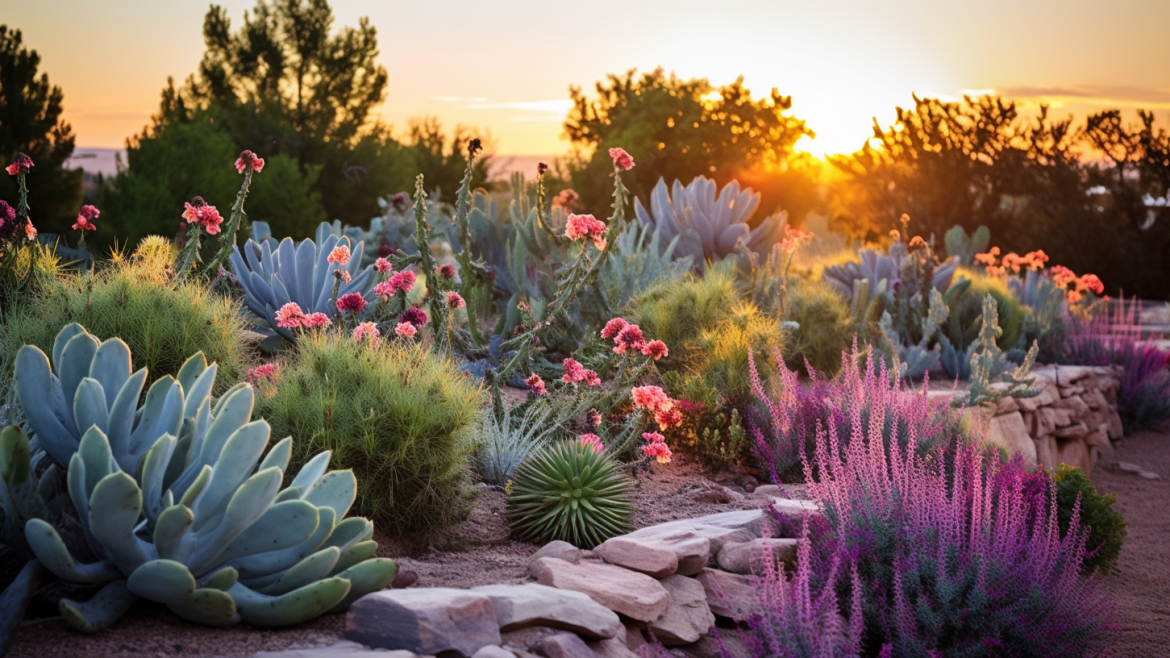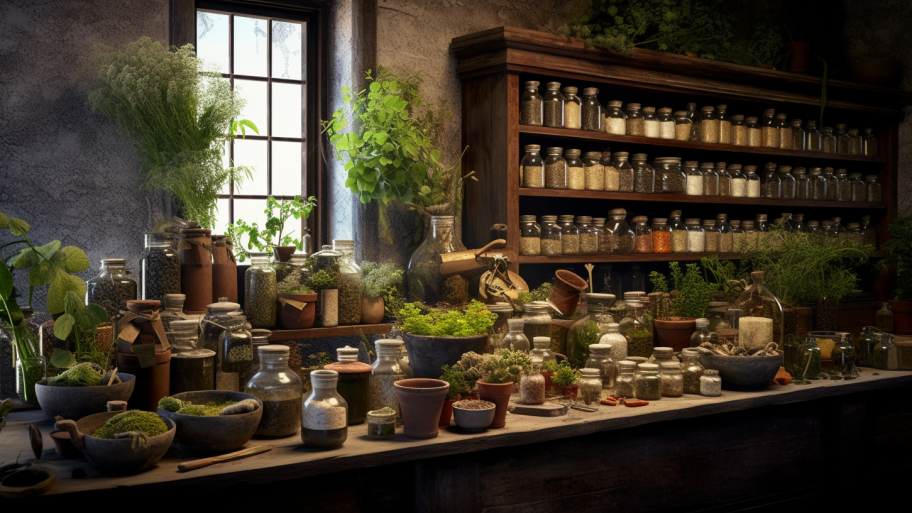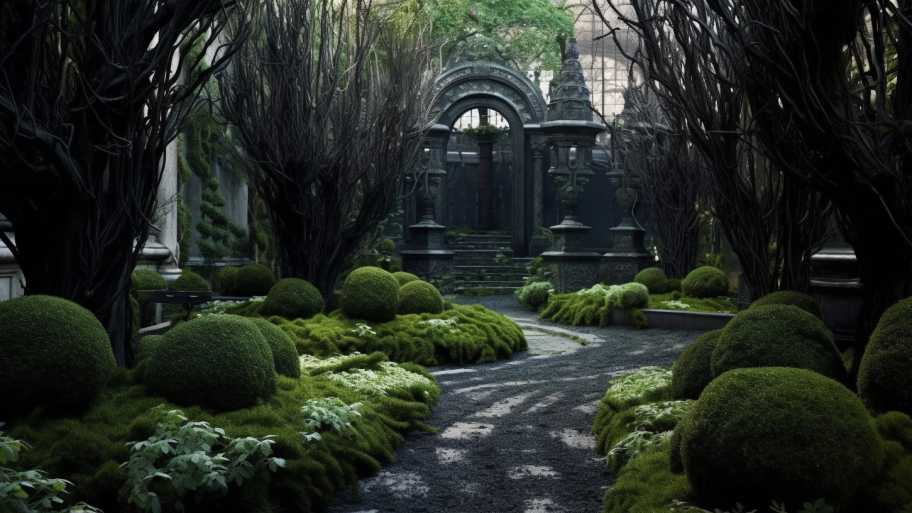Embarking on your xeriscaping journey is an exciting endeavor that promises to transform your garden into a sustainable, water-wise haven. In this second installment of our xeriscaping series, we will guide you through the essential steps of designing and planning your dream xeriscape, ensuring that your garden is both functional and visually stunning.
Analyzing Your Site: Assessing Sunlight, Soil, and Water Conditions
The first step in designing your xeriscape is to thoroughly assess your garden’s unique conditions. Take note of the following factors:
- Sunlight: Track the sun’s movement across your garden to determine areas of full sun, partial shade, and full shade. This information will help you choose suitable plants and place them in optimal locations.
- Soil: Test your soil’s texture, drainage, and pH level to identify areas that may need improvement. Amend your soil as needed to create a hospitable environment for your chosen plants.
- Water sources: Identify existing water sources, such as downspouts or greywater systems, and consider incorporating them into your xeriscape design to maximize water efficiency.
Plant Selection: Choosing Drought-Tolerant Species for Your Xeriscape
Selecting the right plants is crucial for a successful xeriscape. Keep the following tips in mind when choosing your plants:
- Prioritize native or regionally adapted plants, as they are well-suited to your local climate and require less water and maintenance.
- Group plants with similar water, sunlight, and soil requirements together, allowing you to cater to their specific needs more effectively.
- Incorporate a mix of trees, shrubs, perennials, and groundcovers to create a diverse and visually appealing landscape.
- Consider adding plants that attract pollinators, such as bees, butterflies, and hummingbirds, to support a healthy ecosystem in your garden.
Designing with Purpose: Creating an Aesthetic and Functional Xeriscape
A successful xeriscape is both beautiful and functional. Keep these design principles in mind as you craft your garden layout:
- Create focal points using eye-catching elements, such as specimen plants, boulders, or garden art.
- Utilize hardscaping materials, like flagstone, gravel, or decomposed granite, to define pathways, seating areas, or garden borders.
- Design with color and texture in mind, combining plants with contrasting foliage and blooms to create visual interest.
- Incorporate water-saving features, such as rain gardens, swales, or permeable paving, to further enhance your garden’s sustainability.
With a well-designed plan in hand, you’re now ready to bring your xeriscape to life. But the journey doesn’t end here – in the third and final article of our series, “Drought-Proof Paradise: Mastering Xeriscape Maintenance,” we’ll discuss the vital maintenance techniques and sustainability practices that will keep your xeriscape thriving for years to come.




